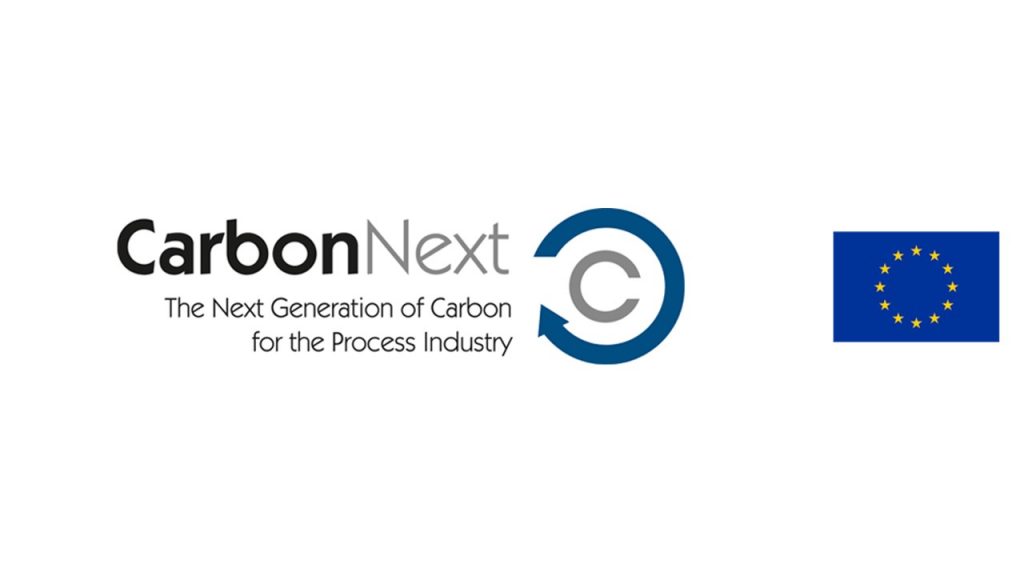- Client: DG Research & Innovation (RTD) (European Commission)
- Implementation period: September, 2016 - September, 2018 (Ongoing)
- Geographic coverage: European Union
- Theme: Energy
- Topic:
- Experts: Hans Bolscher, Elske Veenstra, Jessica Yearwood Travezán, Liliana Guevara Opinska
Responding to Europe’s two carbon challenges
Europe faces two carbon challenges: it needs to curb carbon emissions to mitigate climate change, and at the same time it needs new carbon-based resources for its process industries. The process industry sector is currently still dependent on fossil fuel imports, and is one of the biggest emitters of greenhouse gases. Carbon utilisation can provide answers to both challenges: it can decrease import dependency and mitigate climate change at the same time.
Whereas today carbon flows of the process industries are organised in a linear way, from fossil feedstock input to product output plus emissions, low-carbon solutions are looking at a cyclic flow in which the emissions from one industry become the feedstock of another. But turning CO2 or CO into valuable feedstock often comes at a substantial cost, as energy is required for this transformation. The challenge is to understand how to turn these alternative carbon sources into chemicals that can be used as sustainable building blocks or fuels, in a way that is economically feasible in light of uncertain future energy and carbon prices, and also makes sense in light of emission reductions.
Building on their previous work in the SCOT project (short for Smart CO2 Transformation), project partners DECHEMA, the University of Sheffield and Trinomics are joining forces again to conduct a forecast study for the use of carbon-containing gases as feedstock for the process industries of Europe.

The CarbonNext study:
- Aims to assess the potential use of CO2, CO, and non-conventional fossil resources (e.g. shale gas, tar sands, coal bed methane, gas to liquid, and coal to liquid technologies) as feedstock.
- It maps the existing and expected carbon sources and identifies value chains where industrial symbiosis can be valuable (chemistry, cement, steel, etc.).
- At the same time, framework conditions, such as the price of CO2 and energy, or the public acceptance of CCU and shale gas are elaborated in different future scenarios.
The results of the study will enhance the understanding of relationships between industries in the context of the potential use of alternative energy and alternative carbon sources, facilitating the design of smart policies to support low-carbon solutions.